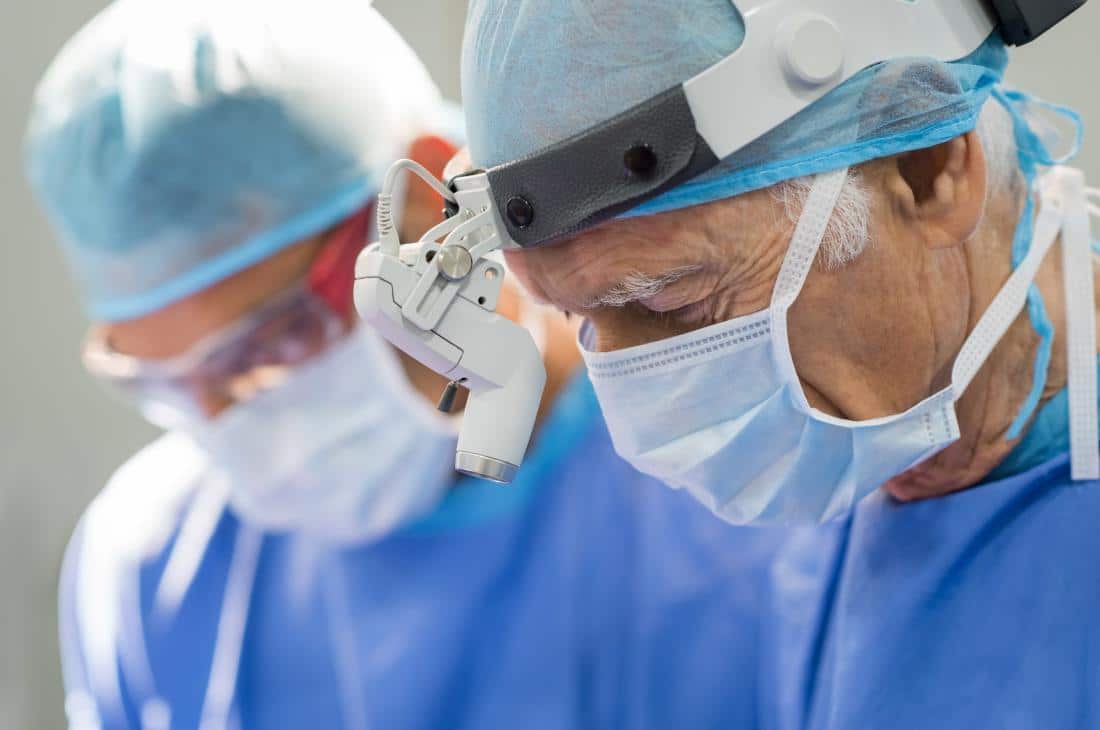For many women an operation to remove their uterus becomes a necessary next step. This may be because methods to stop heavy bleeding are not successful, side effects of medications are intolerable, fibroids are problematic or endometriosis is severe enough that a more permanent solution is determined.
Hysterectomy
Hysterectomy
For many women an operation to remove their uterus becomes a necessary next step. This may be because methods to stop heavy bleeding are not successful, side effects of medications are intolerable, fibroids are problematic or endometriosis is severe enough that a more permanent solution is determined.

Overview
A hysterectomy is when a woman’s uterus is removed.
The uterus can be removed in 3 different ways:
- laparoscopic hysterectomy: small keyhole incisions (5-10mm) are used to place instruments and a camera inside the abdomen, then the procedure is performed watching the camera view on a monitor
- abdominal hysterectomy: an incision is made on the lower abdomen
- vaginal hysterectomy: the whole procedure is performed through the vagina
When is a hysterectomy performed?
- For many women, an operation to remove their uterus becomes a necessary next step. This may be because methods to stop heavy bleeding are not successful, side effects of medications are intolerable, fibroids are problematic or endometriosis is severe enough that a more permanent solution is determined.
How
At Central Gynaecology, the vast majority of hysterectomies are performed using a laparoscopic approach. This is an advanced procedure requiring advanced laparoscopic skills and intensive training.
A laparoscopic hysterectomy holds many advantages over other methods. Recovery is much faster, the hospital stay is shorter, less pain, and there is a more rapid return to family life, work, and exercise.
On most occasions a woman’s ovaries are retained, meaning she does not go through menopause as the ovaries still produce hormones (estrogen and progesterone).
In women having a hysterectomy, we advise removal of the fallopian tubes. Once the uterus is removed the tubes have no function. The main reason for removal is that clinical studies show a reduction in the risk of ovarian cancer when the tubes are removed at hysterectomy.
What should I expect after a Hysterectomy?
The doctors at Central Gynaecology will evaluate the issues; discuss all options and work together to make evidence and an experience-based plan. We aim to work with our patients to determine the most appropriate course of action.
Further Reading
A hysterectomy is when a woman’s uterus is removed.
The uterus can be removed in 3 different ways:
- laparoscopic hysterectomy: small keyhole incisions (5-10mm) are used to place instruments and a camera inside the abdomen, then the procedure is performed watching the camera view on a monitor
- abdominal hysterectomy: an incision is made on the lower abdomen
- vaginal hysterectomy: the whole procedure is performed through the vagina
- For many women, an operation to remove their uterus becomes a necessary next step. This may be because methods to stop heavy bleeding are not successful, side effects of medications are intolerable, fibroids are problematic or endometriosis is severe enough that a more permanent solution is determined.
At Central Gynaecology, the vast majority of hysterectomies are performed using a laparoscopic approach. This is an advanced procedure requiring advanced laparoscopic skills and intensive training.
A laparoscopic hysterectomy holds many advantages over other methods. Recovery is much faster, the hospital stay is shorter, less pain, and there is a more rapid return to family life, work, and exercise.
On most occasions a woman’s ovaries are retained, meaning she does not go through menopause as the ovaries still produce hormones (estrogen and progesterone).
In women having a hysterectomy, we advise removal of the fallopian tubes. Once the uterus is removed the tubes have no function. The main reason for removal is that clinical studies show a reduction in the risk of ovarian cancer when the tubes are removed at hysterectomy.
The doctors at Central Gynaecology will evaluate the issues; discuss all options and work together to make evidence and an experience-based plan. We aim to work with our patients to determine the most appropriate course of action.
Related Conditions & Treatments
Related Conditions & Treatments
Teamwork
We all have a variety of expert skills and clinical knowledge – we work together and with our patients to achieve their treatment goals.
Up-to-date technology
We are up-to-date in terms of technology and modern methods of investigation and treatment, and continue to maintain this level of advanced service.
Minimal approach
We have the ability and expertise to manage surgical procedures using minimal access approaches. This includes using keyhole surgery wherever possible.
